Dr. Sean Upshaw
ADV 378: Issues in African
American Advertising and Public Relations
Fall 2024
Why PBL?
Project-Based Learning (PBL) was incorporated into this course to allow students to actively engage with real-world challenges in the advertising and public relations industry, particularly regarding the representation of Black/African American communities. Instead of passive learning, students explored and critically analyze media narratives, conduct research, and propose solutions to systemic issues in the industry in terms of a strategic plan. PBL was effective in helping students:
Move beyond theoretical discussions by applying cultural critique frameworks to analyze contemporary and historical advertising campaigns;
Develop essential research and analytical skills by engaging with case studies, peer reviews, and formative assessments;
Collaborate with peers to refine ideas and build a strategic plan that aligns with ethical advertising and public relations practices.
Through PBL, students developed critical thinking, research, and strategic communication skills while tackling complex industry challenges. By engaging with real-world case studies and creating campaign proposals, they left the course with a deeper understanding of media representation and the power of ethical storytelling in advertising.
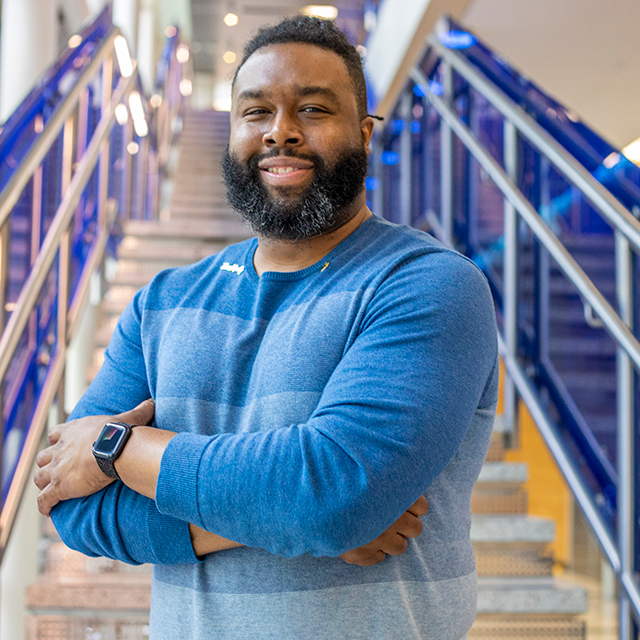
Sean Upshaw, PhD
Assistant Professor, Stan Richards
School of Advertising & Public Relations
This course helped me understand media representation in a way that traditional lectures never could. The PBL framework allowed us to dive deep into real-world issues and develop solutions.
The Launch
Driving Questions
- How can advertising and public relations industry experts authentically represent and engage marginalized communities while addressing structural barriers and promoting cultural authenticity strategically?
- How have historical and contemporary advertising campaigns shaped perceptions of Black communities?
- What strategies can be used to ensure authentic and culturally sensitive representation in advertising?
- How can advertisers and PR professionals move beyond diversity slogans to create substantive change?
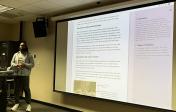
Problem Statement
Students were tasked with addressing the systemic misrepresentation of African American communities in advertising and public relations. They explored how historical stereotypes persist in media and examined pathways for ethical and authentic representation.
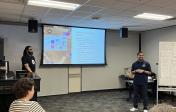
Need-to-Knows
- Understanding historical stereotypes in advertising
- Learning cultural critique frameworks and applied communication analysis
- Identifying ethical advertising principles
- Exploring data collection methods for assessing audience perceptions
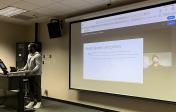
Launch Activity
Interactive brainstorming session with case studies with of real-world campaigns.
- Guest Speakers: Industry professionals to share insight on structural barriers, cultural responsibility and narrative branding in media
- Objective: Inspire students by connecting real-world problem to their course projects
This project helped me connect theory to practice especially in understanding ethical media representation and historical context.
Active Learning
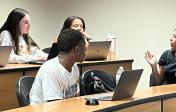
Sustained Inquiry
Students engaged in a semester-long exploration of media narratives through
- analysis of case studies
- evaluation of scholarly articles, media reports, and industry trends
- collaborative inquiry with peers
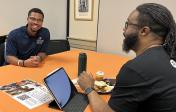
Feedback Loops
To ensure continuous learning and improvement, the course incorporated
- peer reviews for structured feedback
- one-on-one consultations with the instructor
- formative assessments to track progress
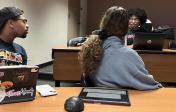
Student Choice and Voice
Students had agency in selecting topics that were personally meaningful and deeply connected to their interests. This approach encouraged ownership of learning and enhanced engagement.
Guided Learning Pathway
Weeks 1-3: Research and topic development
Weeks 4-6: Historical and data analysis
Weeks 7-9: Mid-project feedback and refinement
Weeks 10-14: Strategic planning, finalization, and presentations
Student Milestone: Topic proposal annotated bibliography and strategic plan supported with evidence-based approaches
Student Use of GenAI
Dr. Upshaw incorporates AI-based platforms, such as Microsoft Copilot, to assist students with brainstorming and strategic planning for their projects. Students learn to perceive AI as a collaborator in designing tailored strategic plans for their work.
I felt like I was in control of my learning journey. The peer feedback and project work made me feel prepared for real industry challenges.
The Learning Product
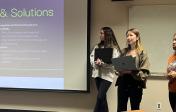
Final Project
Students created an advertising or PR campaign initiative aimed at
- Challenging harmful stereotypes
- Promoting authentic representation of African American communities
- Asdressing brand responsibility in media and public relations
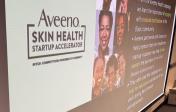
Opportunities to Improve
The learning process was scaffolded with
- Mid-Semester Check-ins: Presentations on progress with structured feedback
- Instructor and Peer Feedback: Iterative revisions based on constructive critiques
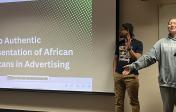
Final Project Rubric
Assessment was based on
- Depth of research and use of credible sources
- Creativity and feasibility of campaign strategies
- Alignment with ethical advertising and cultural representation principles
Project based learning helped me to connect evidence-based strategies with real-world challenges I can address with an actionable plan.
Final Presentation of Learning
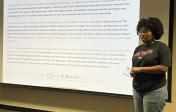
Presentation Structure
Students delivered 5-7 minute presentations– summarizing their findings, campaign strategies, and recommendations. The audience included peers, guest professionals, and faculty members– to simulate real-world industry presentations.
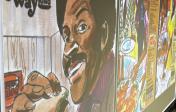
Assessment Criteria
Presentation assessment was based on
- Clarity and persuasiveness of the argument
- Use of supporting evidence
- Effectiveness of visual and verbal communication

Final Reflections
Students submitted a self-reflection journal or vlog– analyzing their learning journey, addressing
- What they learned about media representation
- Challenges encountered and how they overcame them
- How PBL influenced their understanding of advertising and public relations ethics
Through PBL, I witnessed students taking ownership of their learning. Instead of just consuming information, they actively engaged in research and applied industry best practices to develop meaningful advertising strategies. This approach transformed the classroom into a think tank for innovative, socially responsible advertising.

